| Intl. Notebook | Jan 19 2024 |

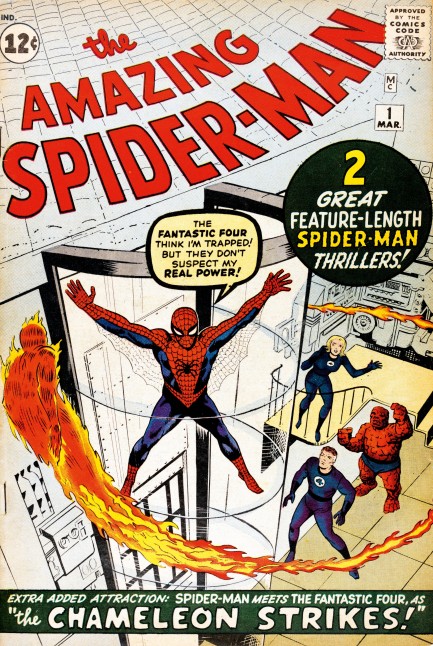
Have you ever seen a million dollar comic book? Now you have. A copy of the Marvel's Spider-Man #1, originally published in 1963, sold at auction a couple of days ago for $1.38 million. The comic was considered to be in near-perfect condition, and shattered the previous record for a Spider-Man #1, which had sold for $520,000. You know our rule. Never pay exorbitantly for something that you can use to swat a fly. But see, that's exactly why we aren't rich. Inability to see the big picture. We're starting to see it now, though. We have a lot of rare and unusual publications, and there could be value in them one day. How sweet would it be if our copy of A Visual History of Lovemaking Toys eventually became worth a million dollars? It isn't in near-perfect condition anymore though, because we left it out and the Pulp Intl. girlfriends got hold of it. But still.
| Hollywoodland | Jun 22 2018 |

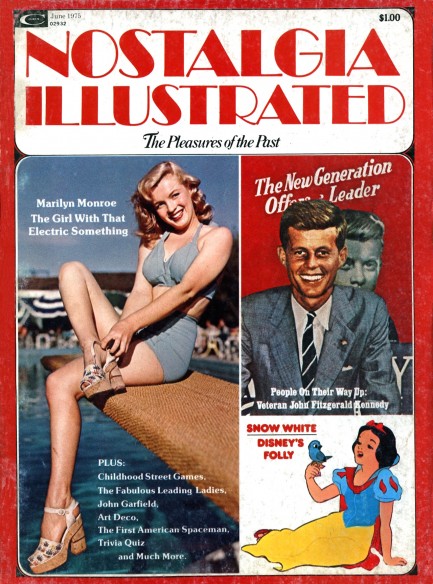
Except for the cover, its design is nothing special, but it contains a wealth of old Hollywood photos we haven't seen before, which makes it worth a share. You get John Garfield, Betty Grable, Marilyn Monroe (because what's a nostalgia magazine without her?), a youthful John F. Kennedy, and many other celebs. There's also a story on John Lewis Roventini, the “world's smallest bellhop” at four feet in height, who was famous in New York City for a time. All in thirty scans below.
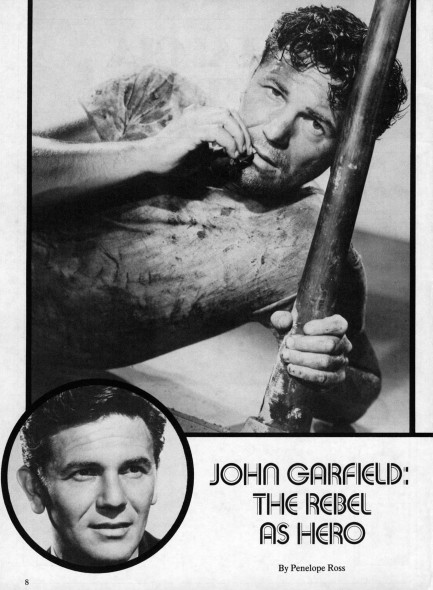
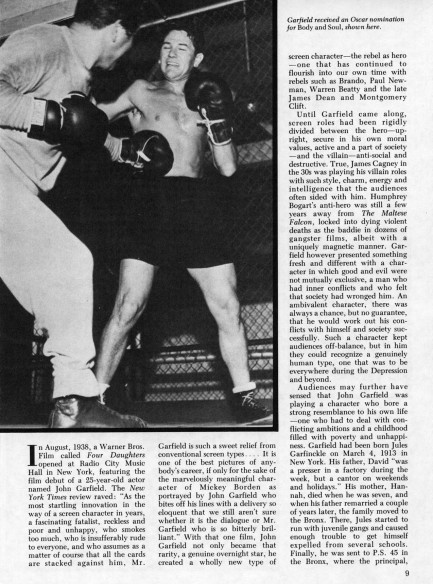
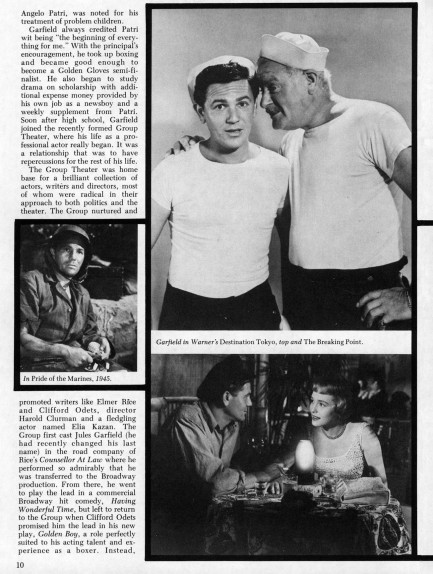
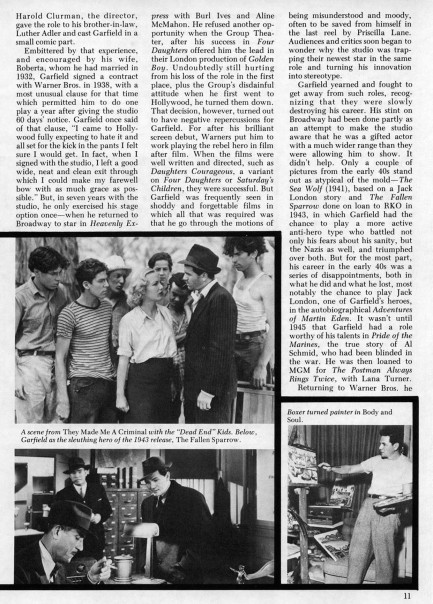
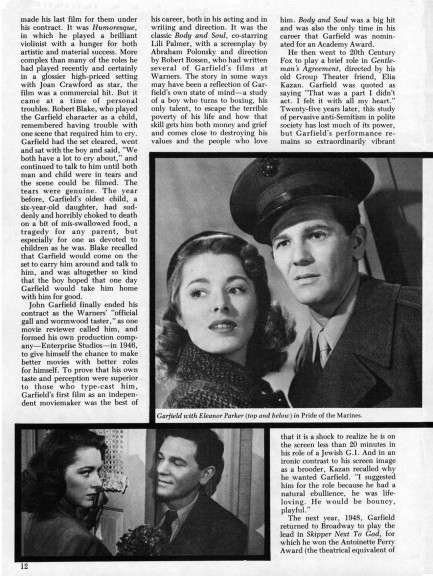
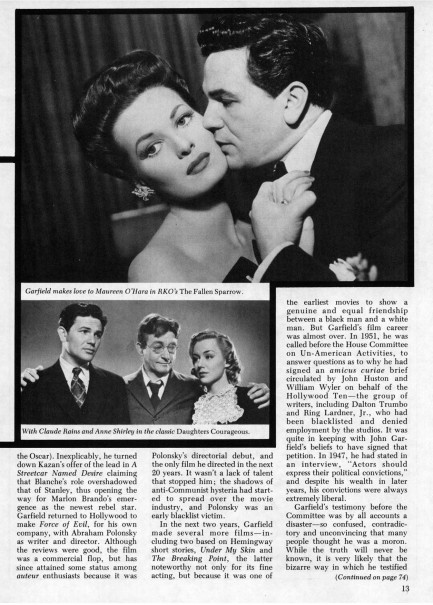
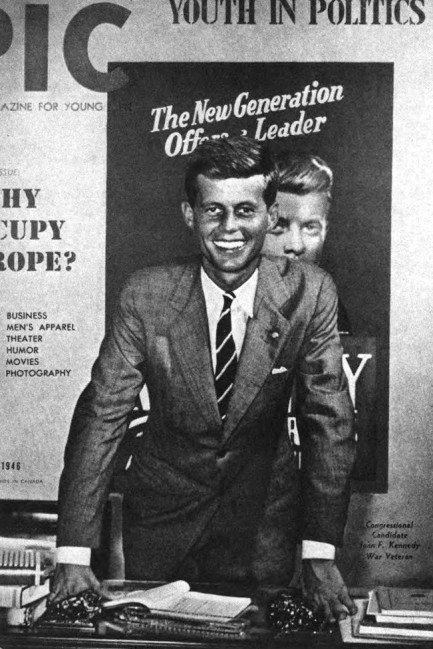
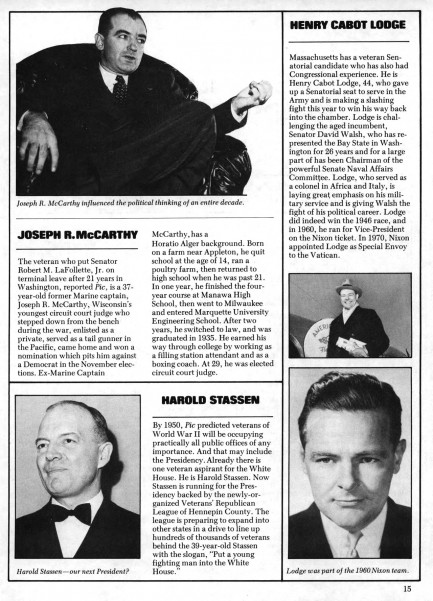
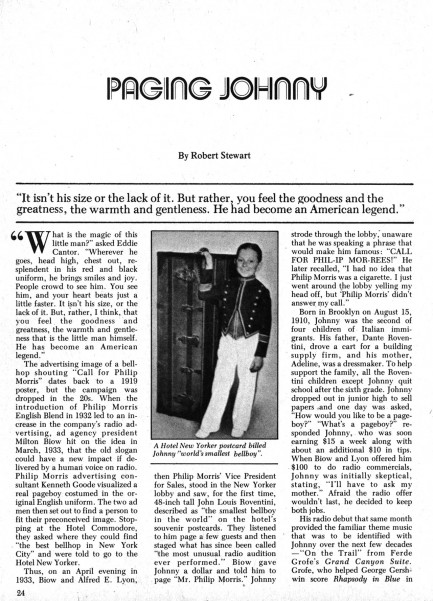
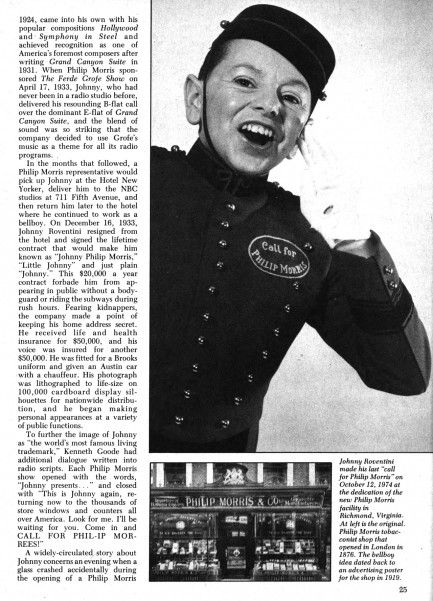
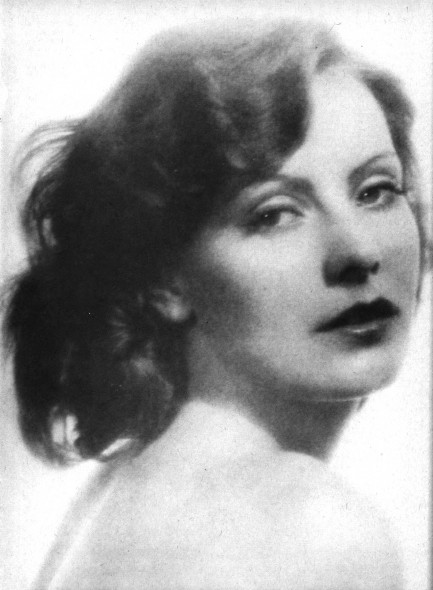
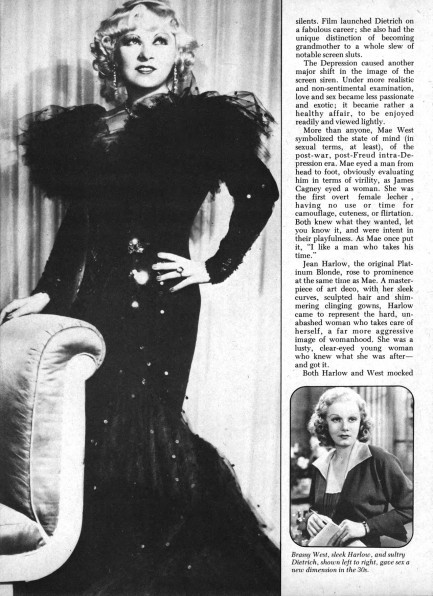
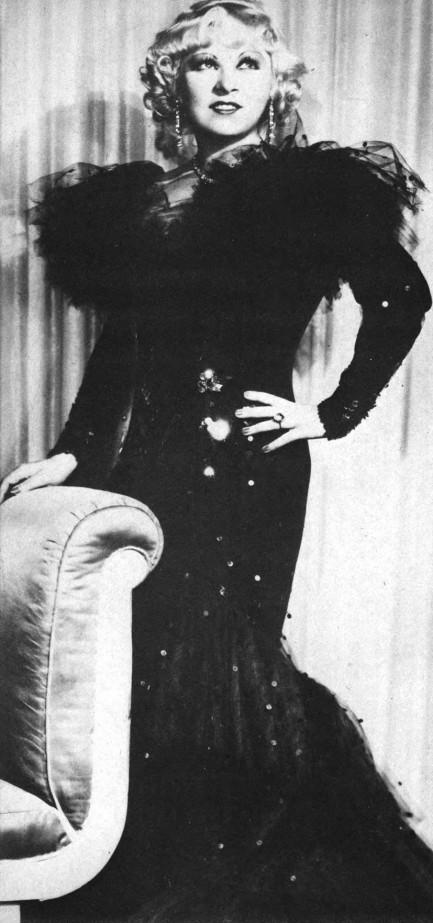
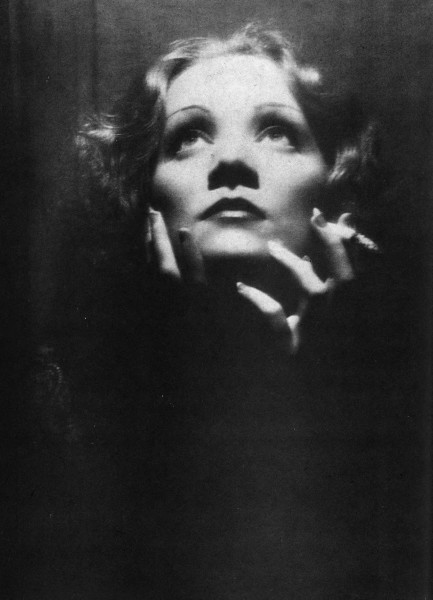
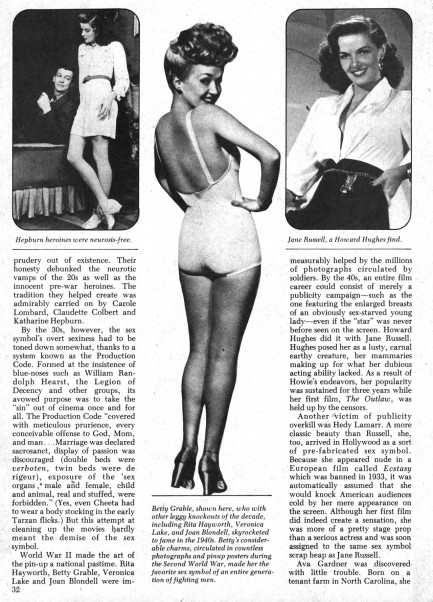
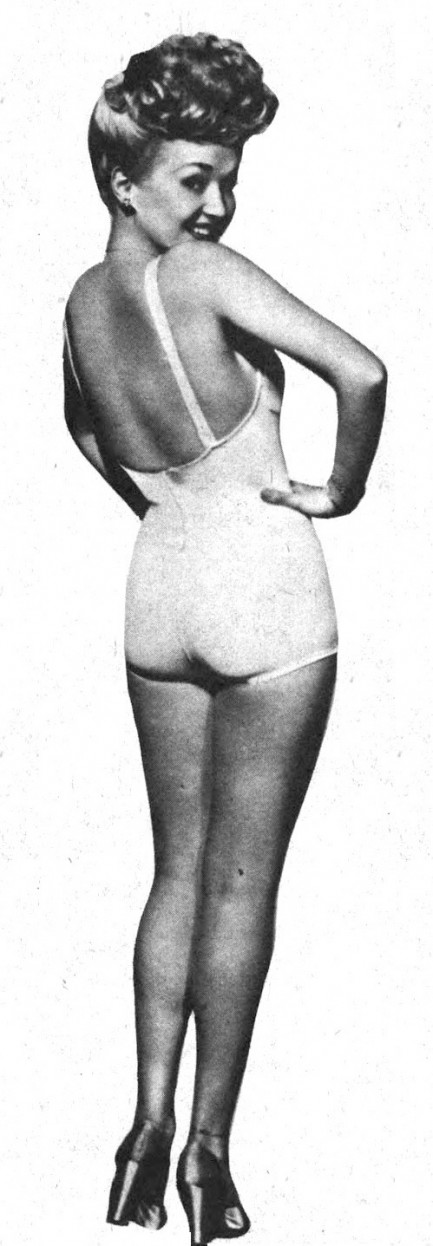
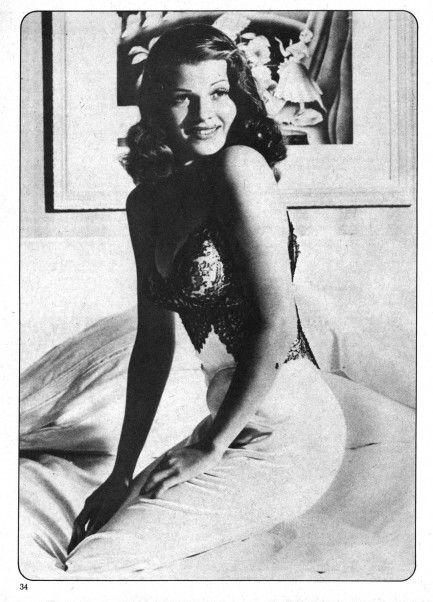
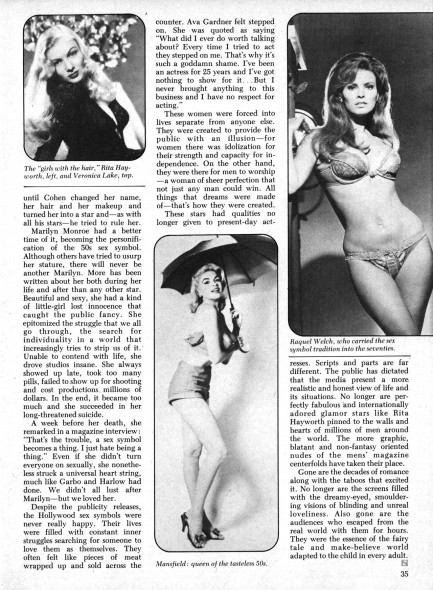
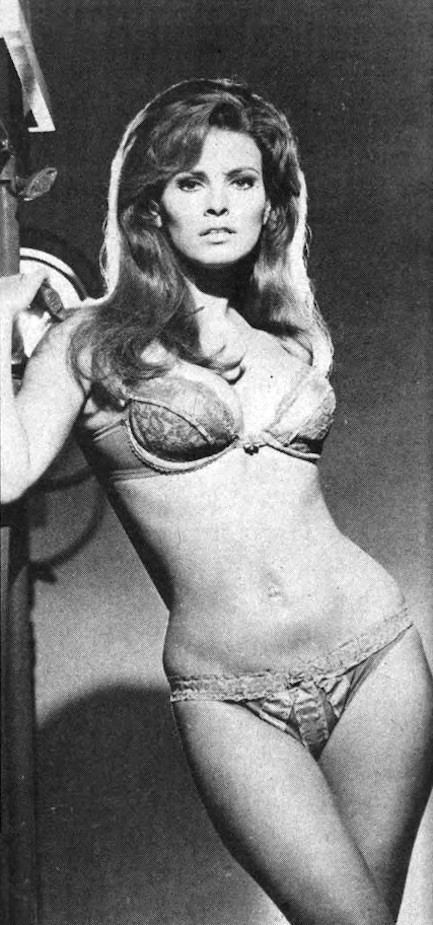
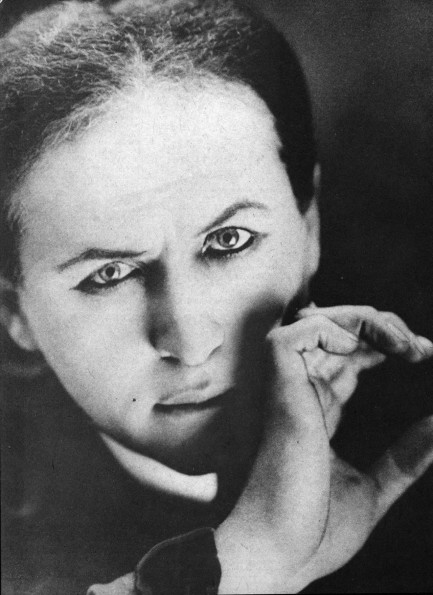
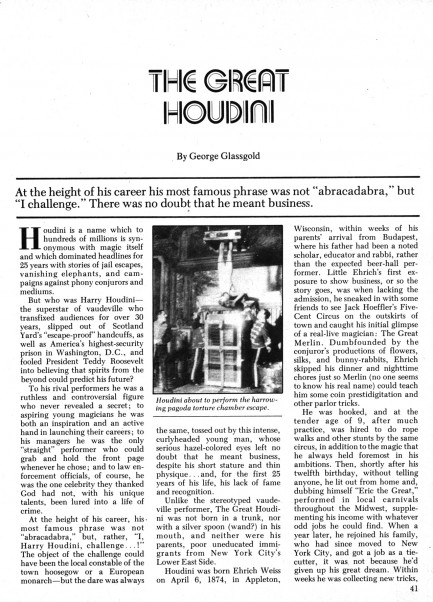
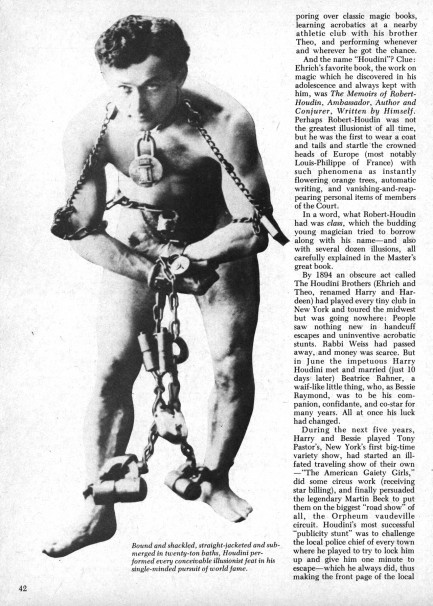

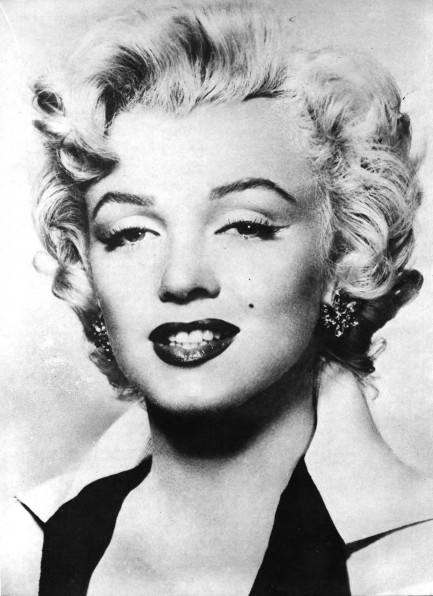
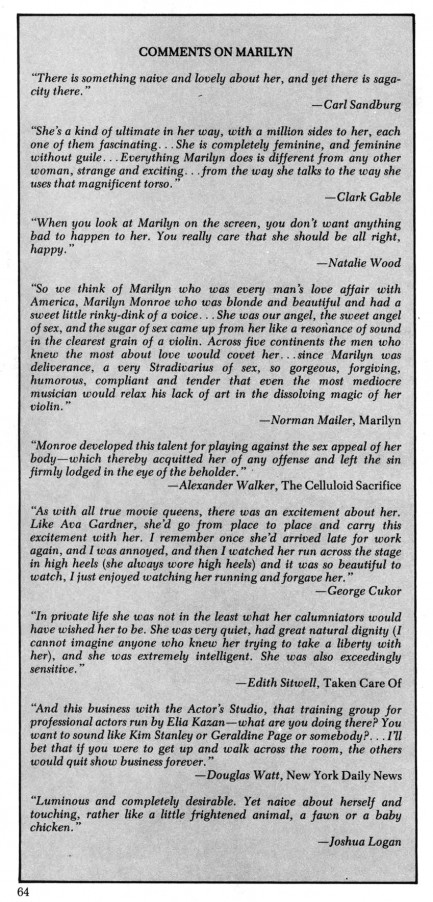
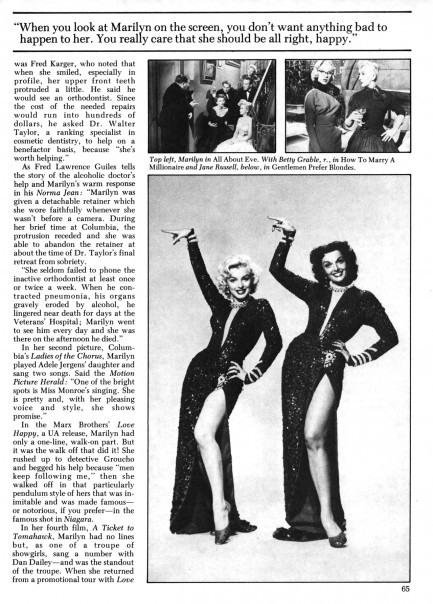
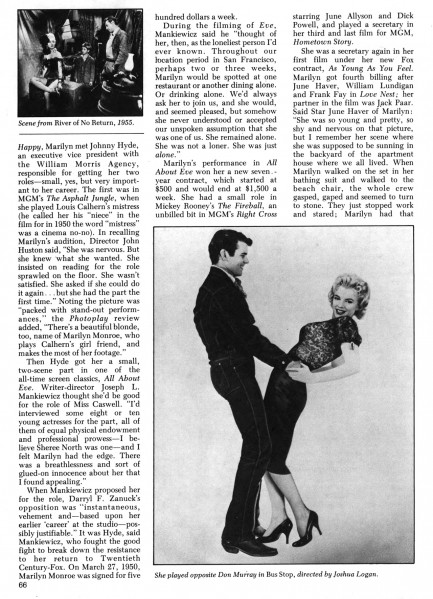
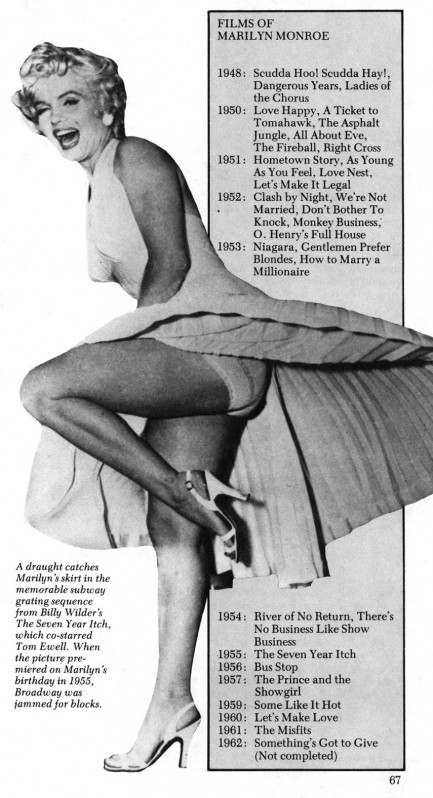

| Vintage Pulp | Jul 20 2017 |

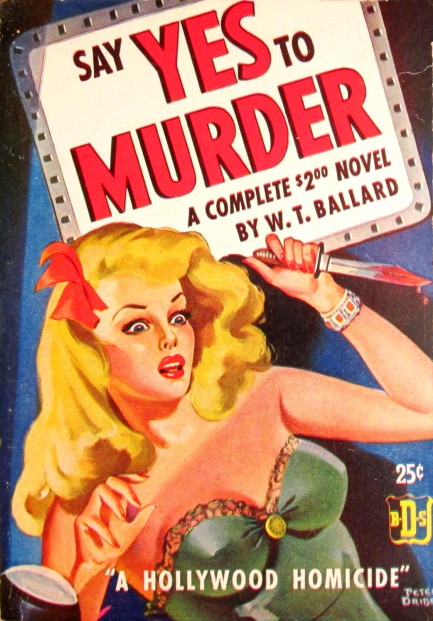
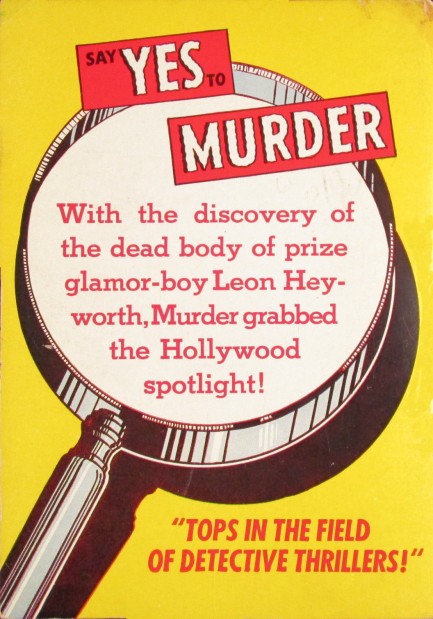
Peter Driben illustrated relatively few book covers compared to his magazine output. We showed you a rare paperback from him a few years ago, and above you see another—his work on W. T. Ballard's 1943 thriller Say Yes to Murder, for publisher Martin Goodman. The book is part of a series starring Ballard's character William Lennox, who was a detective-like troubleshooter for fictitious General Consolidated Studios.
In this one he investigates the murder of an actor found stabbed and lying under the bed of actress Jean Jeffries, who is the granddaughter of one of Lennox’s close friends. As a troubleshooter, Lennox's first duty is to move the body to avoid scandal for the studio (that's the difference between a detective and a troubleshooter) and only then does he try to unravel the mystery.
Lennox appeared in three other Ballard novels—1946's Murder Can’t Stop, 1948's Dealing Out Death, and 1960's Lights, Camera, Murder, which he wrote as John Shepherd. Martin Goodman, you probably know already, later went on to create Marvel Comics. You can see that other nice Driben cover we mentioned here, and three brilliant Dutch covers here. We'll keep an eye out for more.
| Vintage Pulp | Jan 11 2017 |

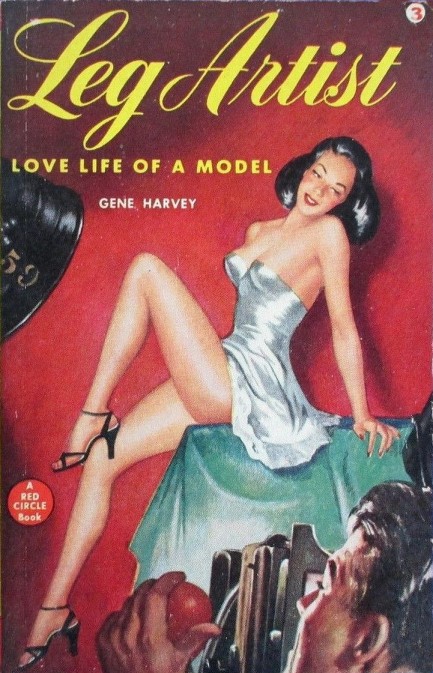
Originally published in hardback in 1942, with this Red Circle paperback appearing in 1949, Leg Artist is the story of a model named Lee Martin who rises to the top of her profession only to be targeted by a con man and felled by the tabloid press. The title refers to the photographic arts but is also a double entendre, as a “leg artist” is mid-century slang for a man adept at picking up women. Harvey revisited this theme later with 1950's Leg-Art Virgin. Red Circle was part of a publishing group put together by U.S. publisher Martin Goodman, and some of these companies evolved into Timely Comics, which in turn morphed into Marvel Comics. The art for this cover is by unknown.
| Modern Pulp | Oct 13 2016 |

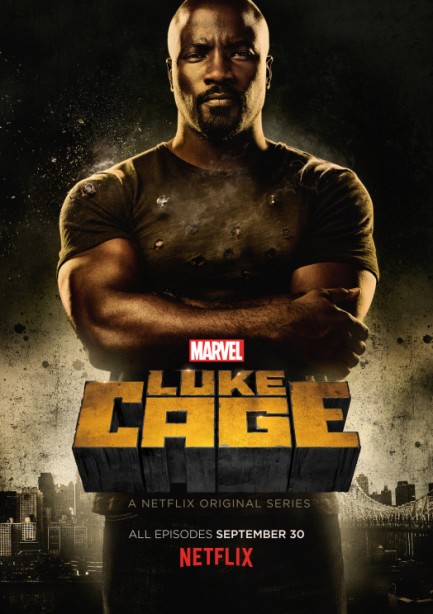
So, we watched the entirety of the new Netflix series Luke Cage. Our love of blaxploitation films made it mandatory. Of course, Luke Cage isn't blaxploitation—it's serious black-oriented drama. But anyway we queued it up. For those who don't know, the series is based on a Marvel Comics character who was a bulletproof, super strong black man who lived in Harlem. The show does away with the comic book Cage's bright yellow costume, but leaves the Harlem setting, political machinations, and dealings of crime kingpins that intertwine as normal people try to get on with their lives.
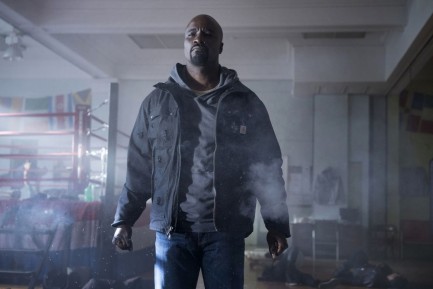
 to many viewers. In the end, you simply have to have an interest in the premise and the characters to enjoy the show. For us, the immersion into a nearly 100% black Harlem is one of the show's strengths. For others, not seeing characters that remind them of themselves will be alienating. While not an ideal reaction, in our view it's acceptable in terms of deciding how to spend one's hard earned free time selecting television shows. But such people should say they aren't interested in the premise. They shouldn't make phony claims that the show is racist.
to many viewers. In the end, you simply have to have an interest in the premise and the characters to enjoy the show. For us, the immersion into a nearly 100% black Harlem is one of the show's strengths. For others, not seeing characters that remind them of themselves will be alienating. While not an ideal reaction, in our view it's acceptable in terms of deciding how to spend one's hard earned free time selecting television shows. But such people should say they aren't interested in the premise. They shouldn't make phony claims that the show is racist.We think American broadcast media need more shows that reflect reality. Here's the reality—the U.S. is both diverse and extraordinarily segregated. 75% of white Americans have zero black friends, while around 60% of blacks have zero white friends. 100% white environments and white points of view have been shown on television for decades. Luke Cage airs a black point of view, with complex relationships, romantic entanglements, ambitions, dreams, and dealings with harsh realities. There should be room for that, particularly considering television history. On a completely different note, we really are looking forward, twenty or thirty years from now, to a scholarly examination of all these damned superhero shows and movies. There's a real pathology there.
| Vintage Pulp | Dec 13 2014 |

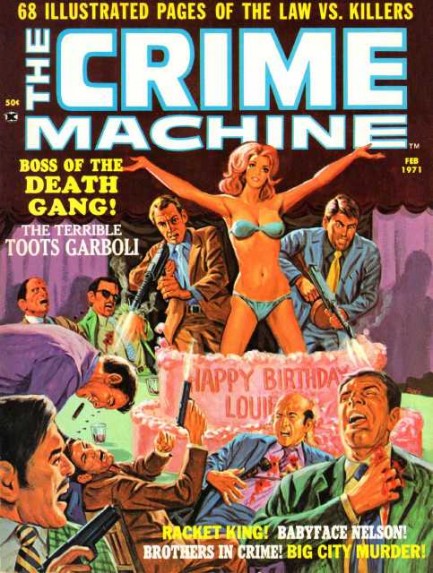
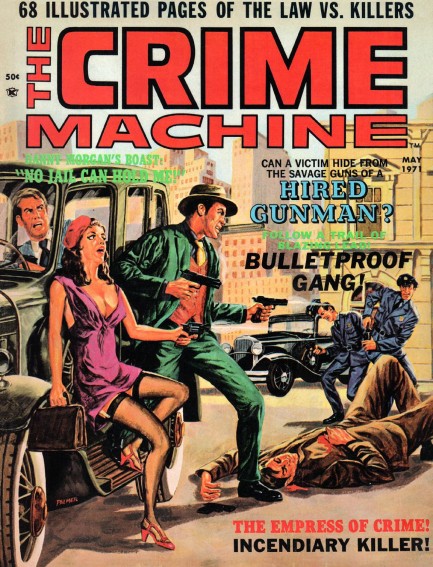
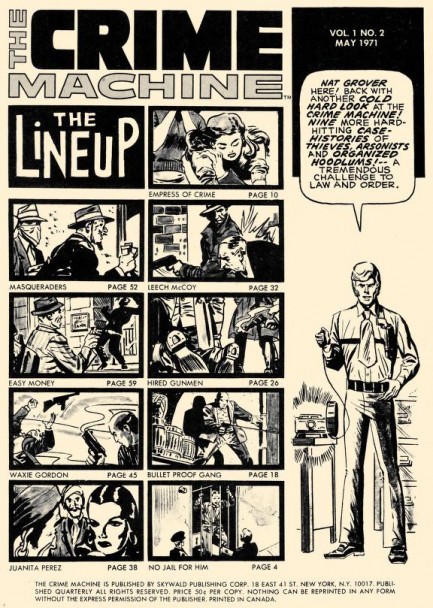
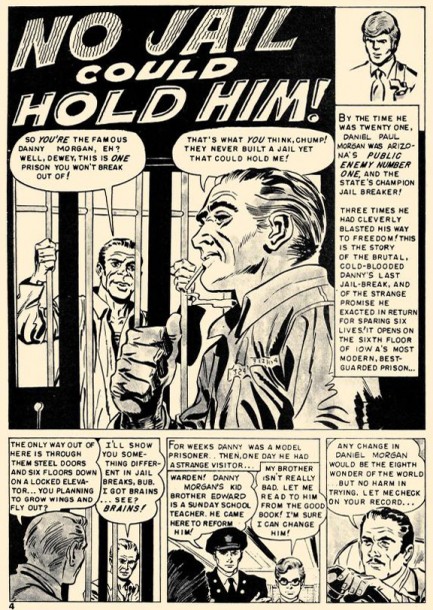
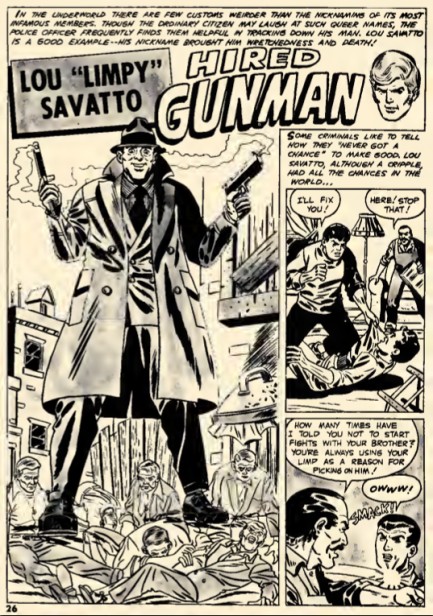
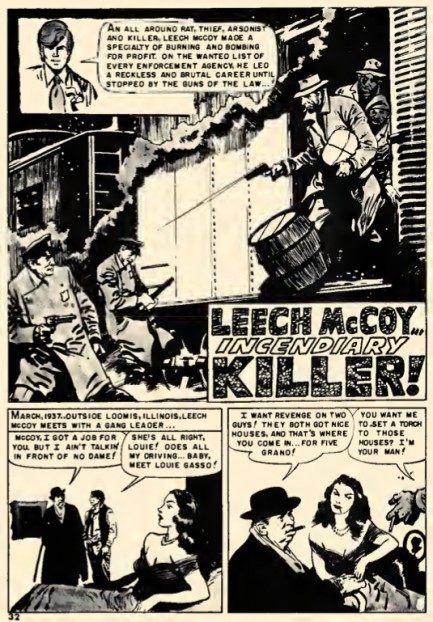
| Intl. Notebook | Mar 10 2012 |

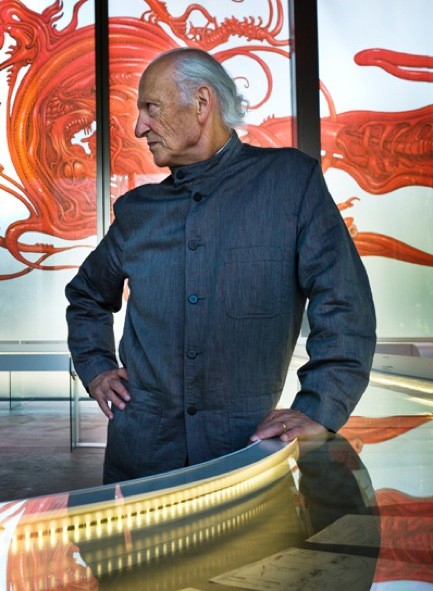
Sad news just off the wire—unique, prolific, and influential French illustrator Jean Giraud has died aged 73 after a long battle with cancer. Giraud broke onto the art scene in 1965, won his first awards by 1973, and by 1975 had adopted the pseudonym Moebius and developed into a graphic arts master. He worked in the comics medium quite a bit as both a writer and artist, and in addition to nine Marvel/Epic graphic novels, and work on longrunning Marvel characters like the Silver Surfer, was also a regular in the pages of the seminal French sci-fi magazine Métal Hurlant—known in the U.S. as Heavy Metal. Aside from all that, he also worked extensively in motion picture production design, and his efforts helped shape films such as Alien, Willow, Tron and The Fifth Element. It’s been a rough week for the art world—Ralph McQuarrie died less than a week ago. We’ve gathered up a few Giraud/Moebius pieces below so those who don’t know this master can get a sense of his singular style.
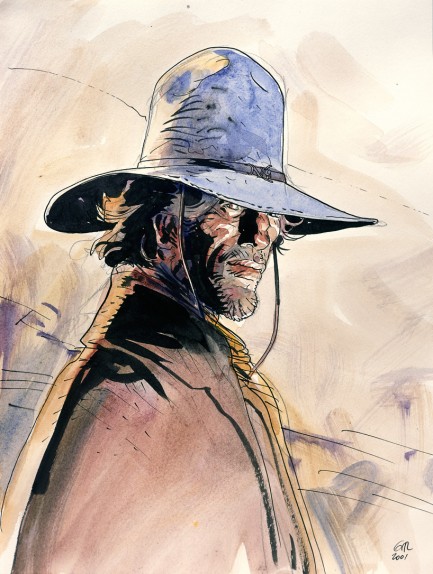
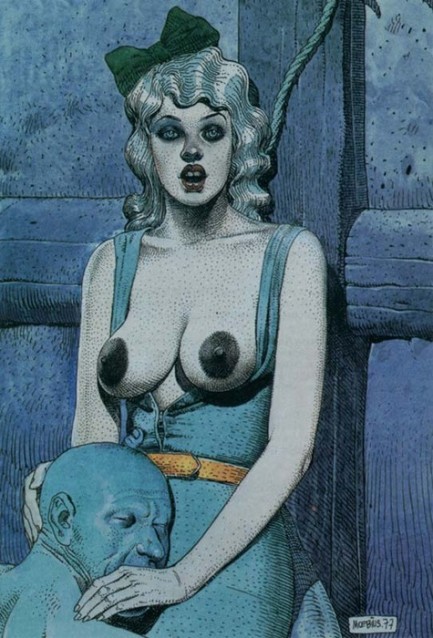
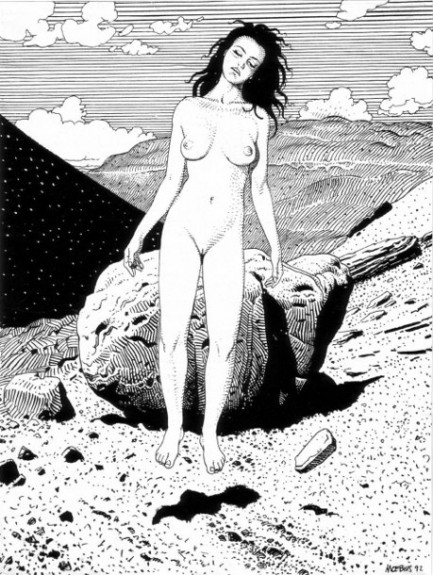
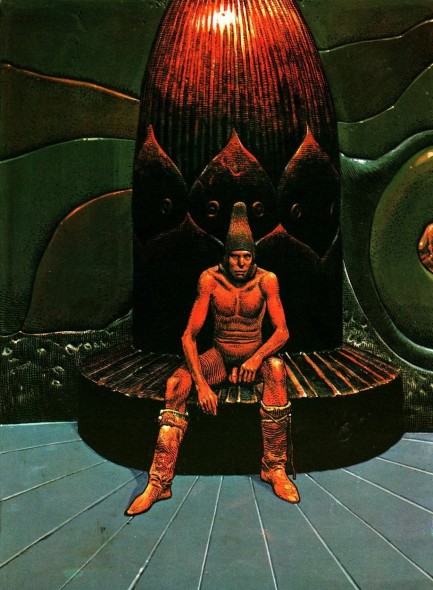
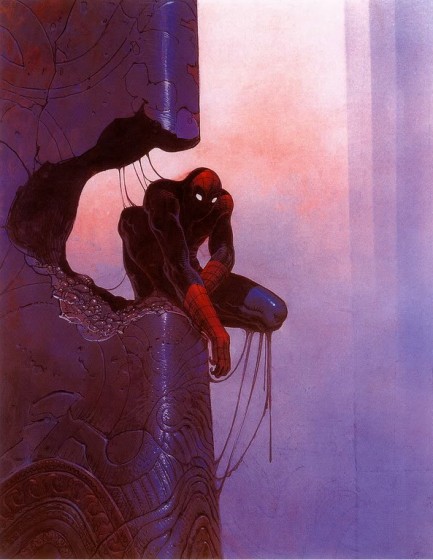
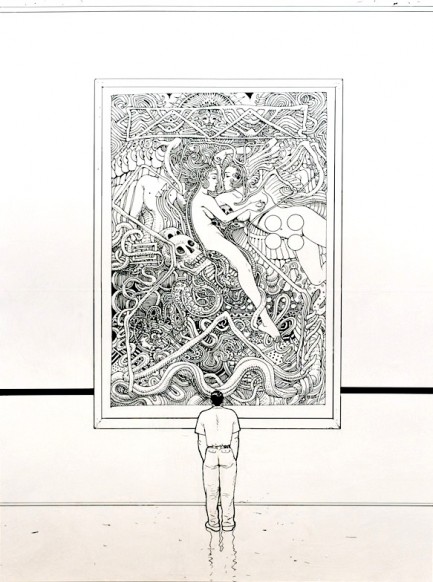
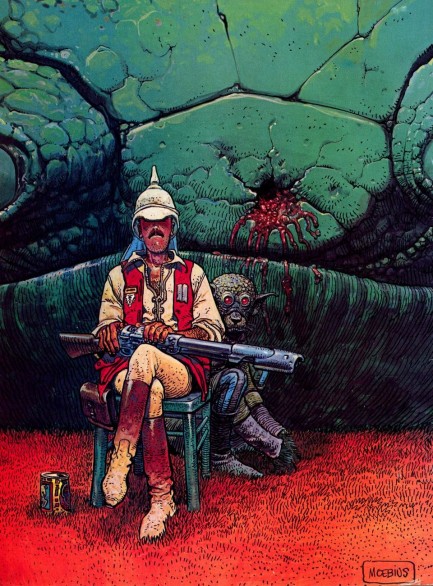
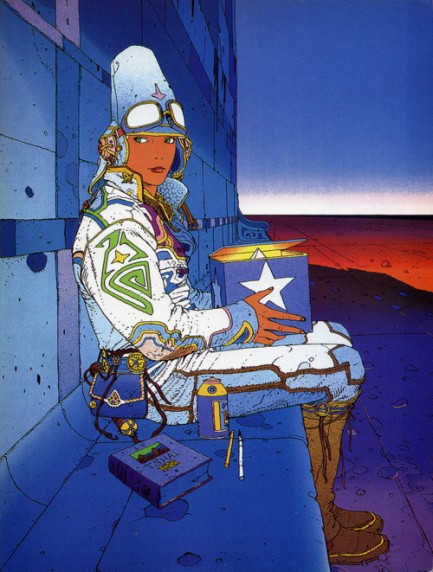
| Vintage Pulp | Nov 23 2008 |

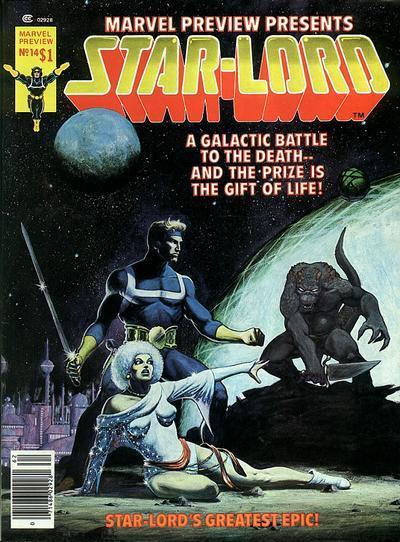
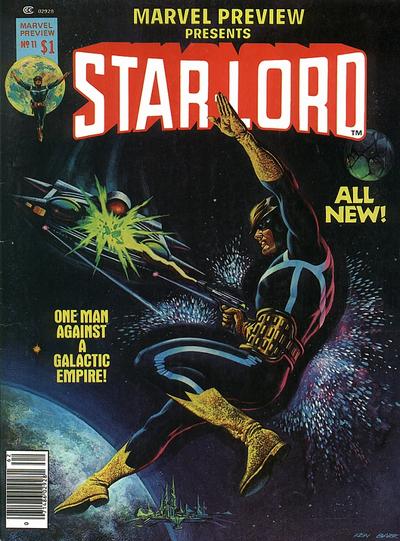
So many comic book characters have tangled ancestry. Star-Lord aka Peter Quill is yet another example. Under the direction of two creative teams that each had different ideas of what he should be, Peter was first a human orphan, then a man who thought he was human only to find he was the spawn of fantastic beings from a distant planet. Later it turns out being Star-Lord is a sort of rotating honor, like hosting Saturday Night Live, except with the power to fly away when the laughs don’t come. Not to be confused with the entirely distinct Starlord published by British imprint IPC in 1978, Star-Lord debuted on Marvel in 1976.




































































